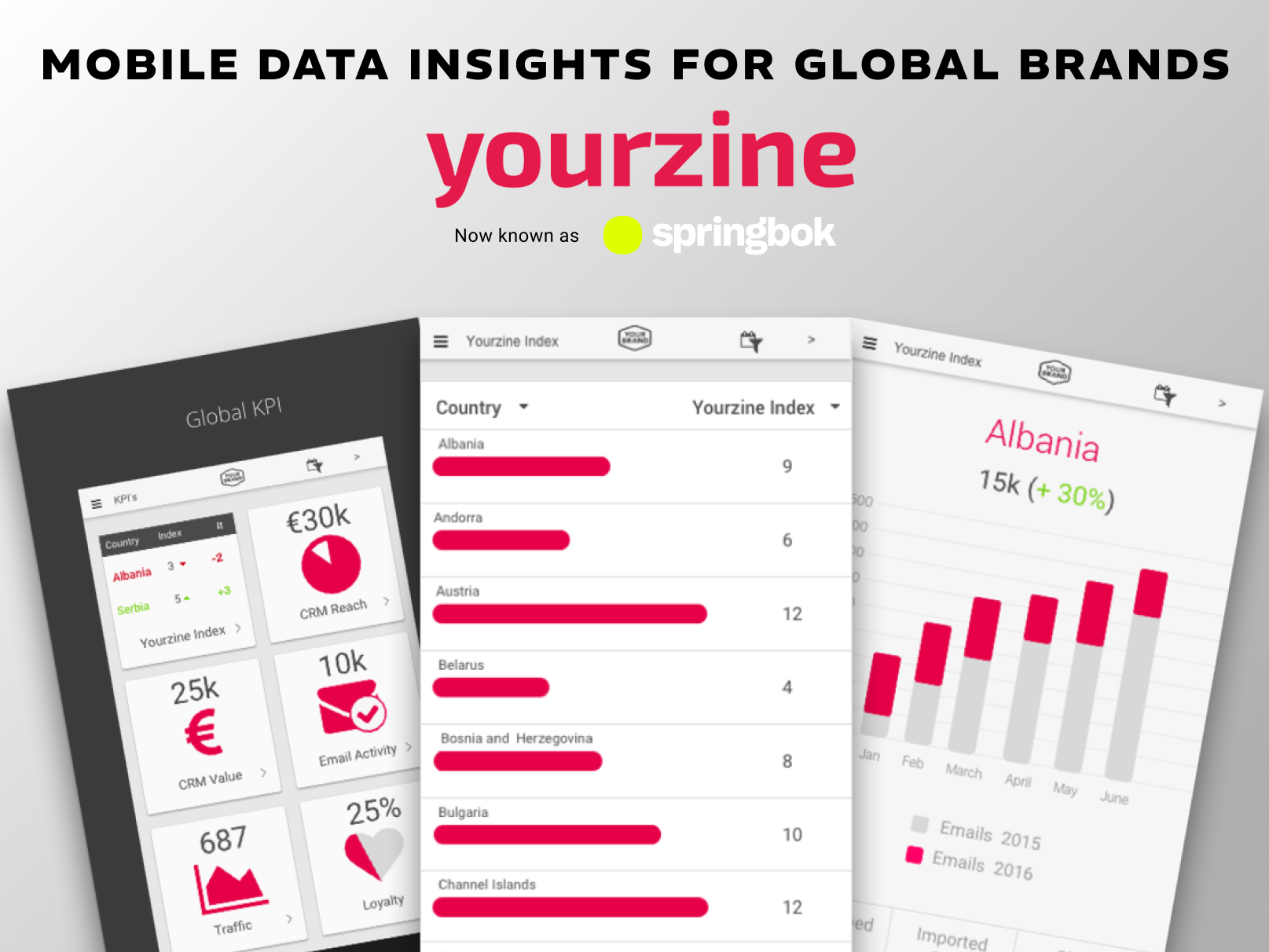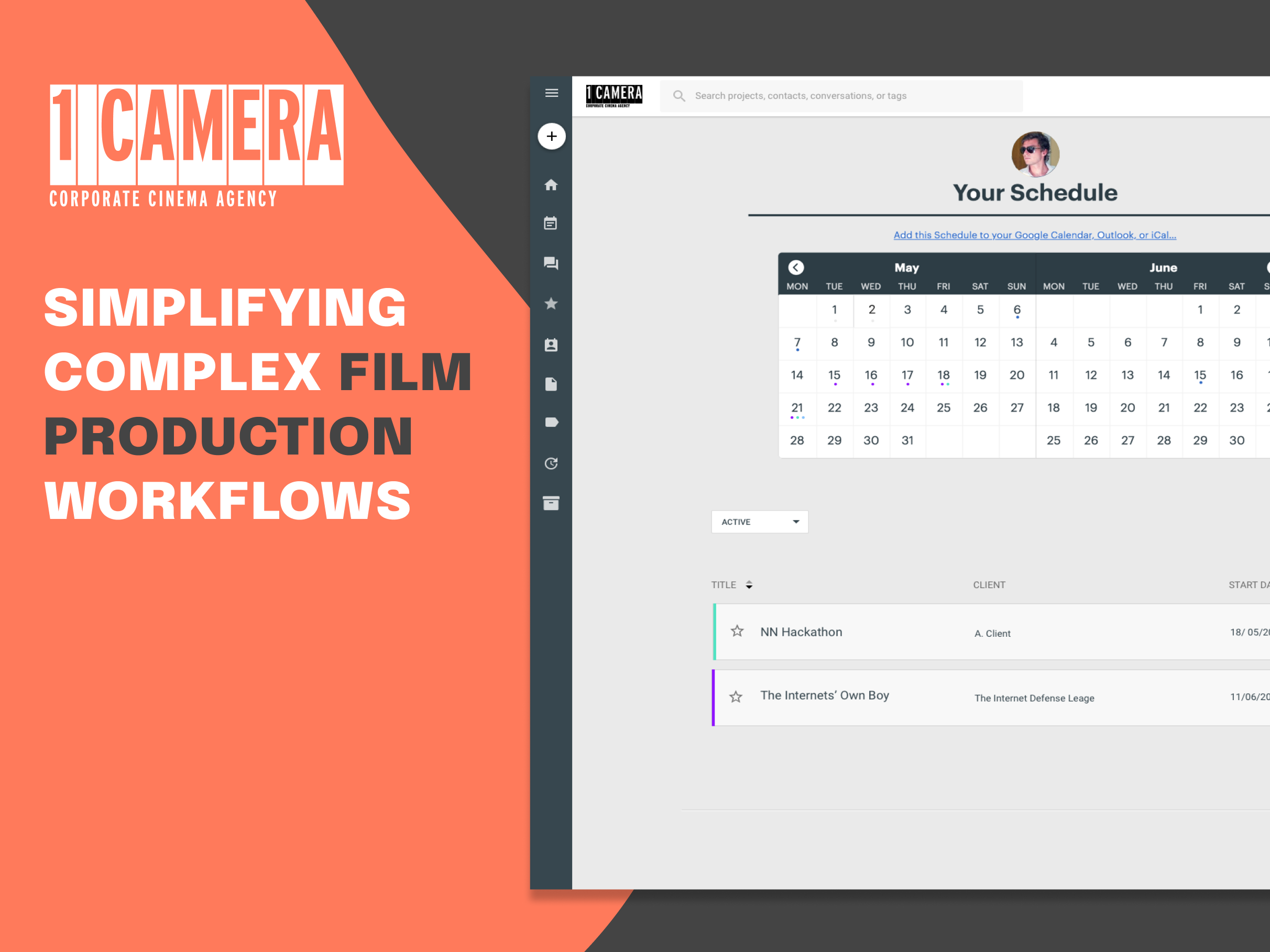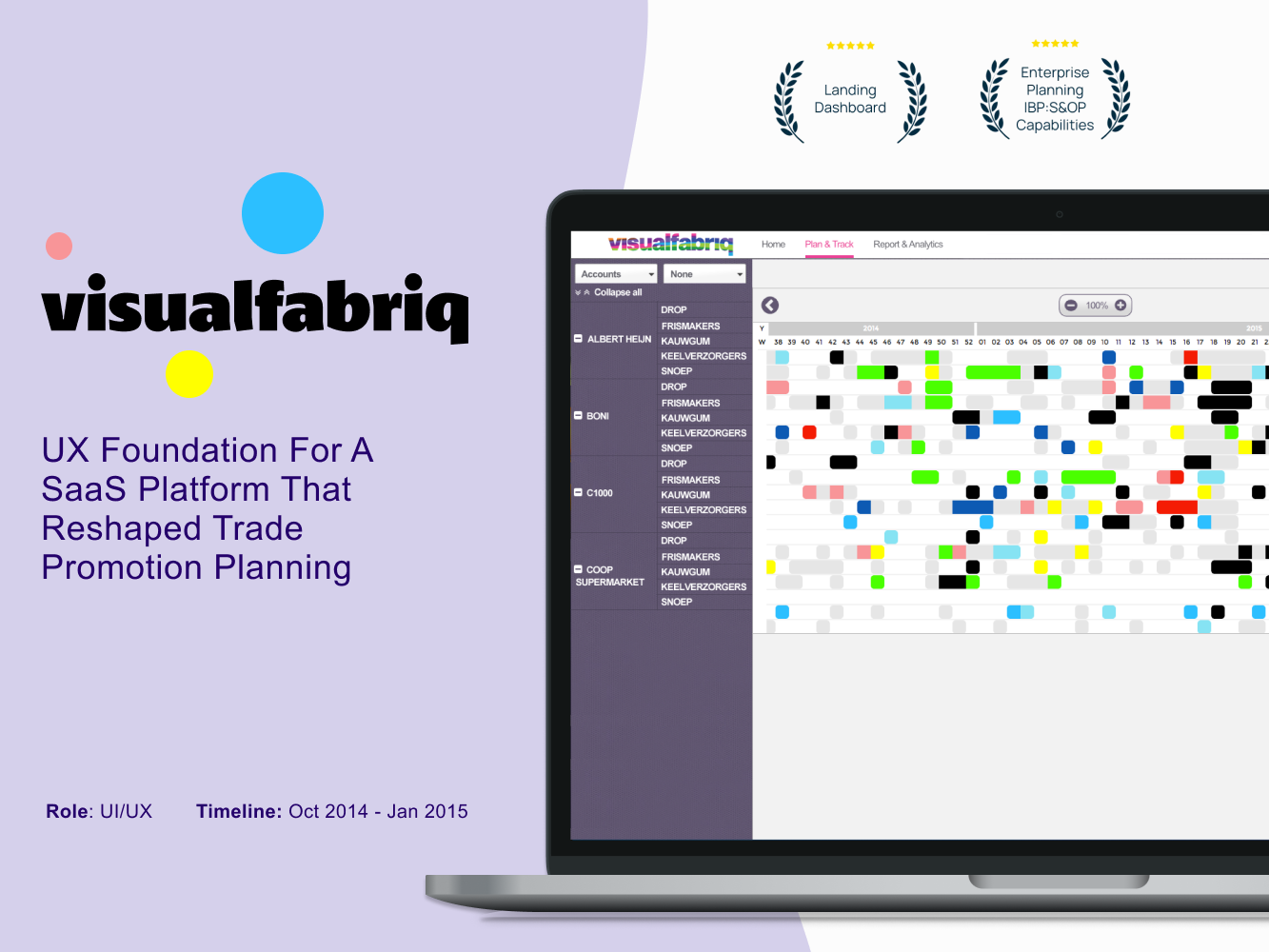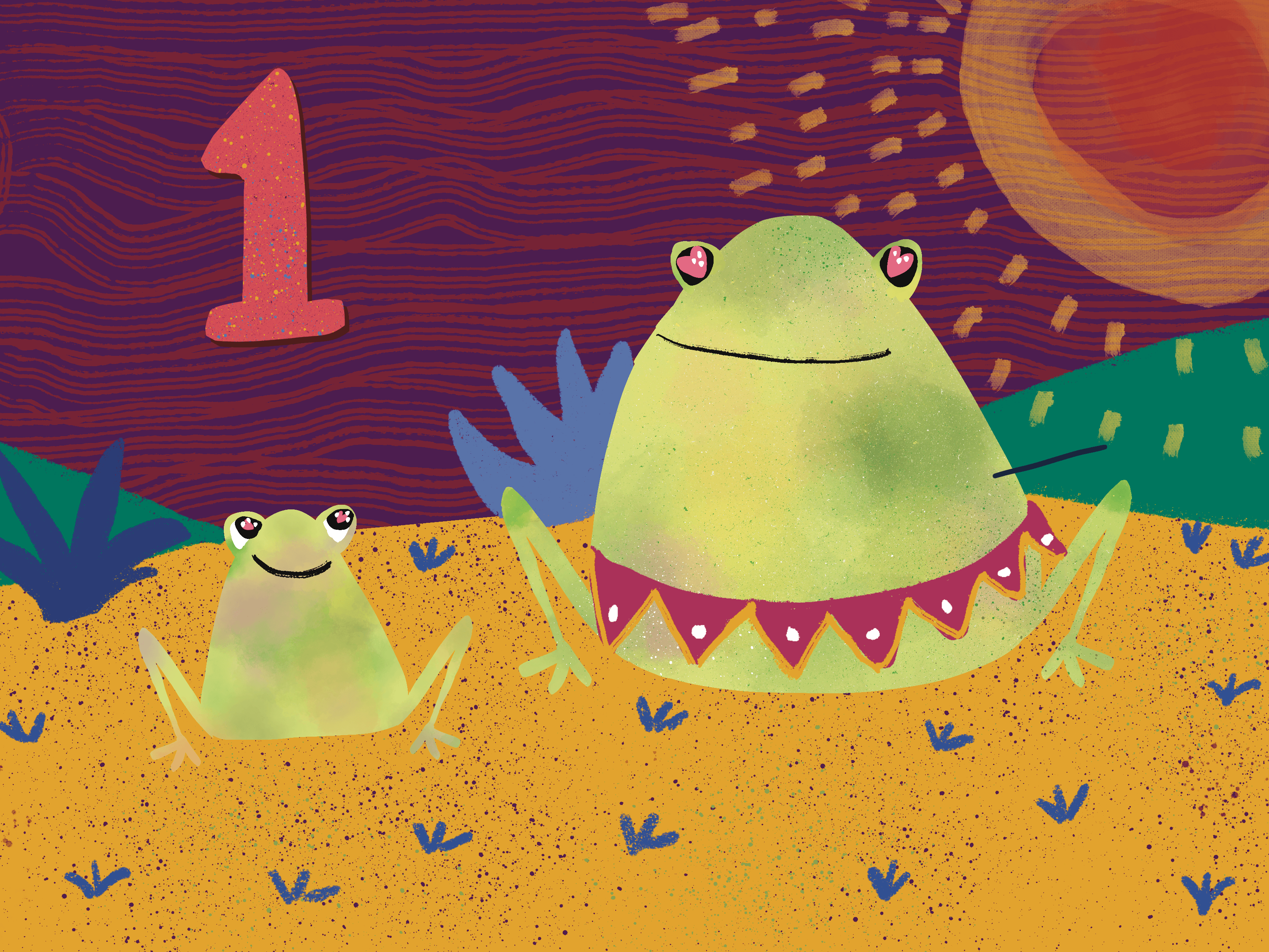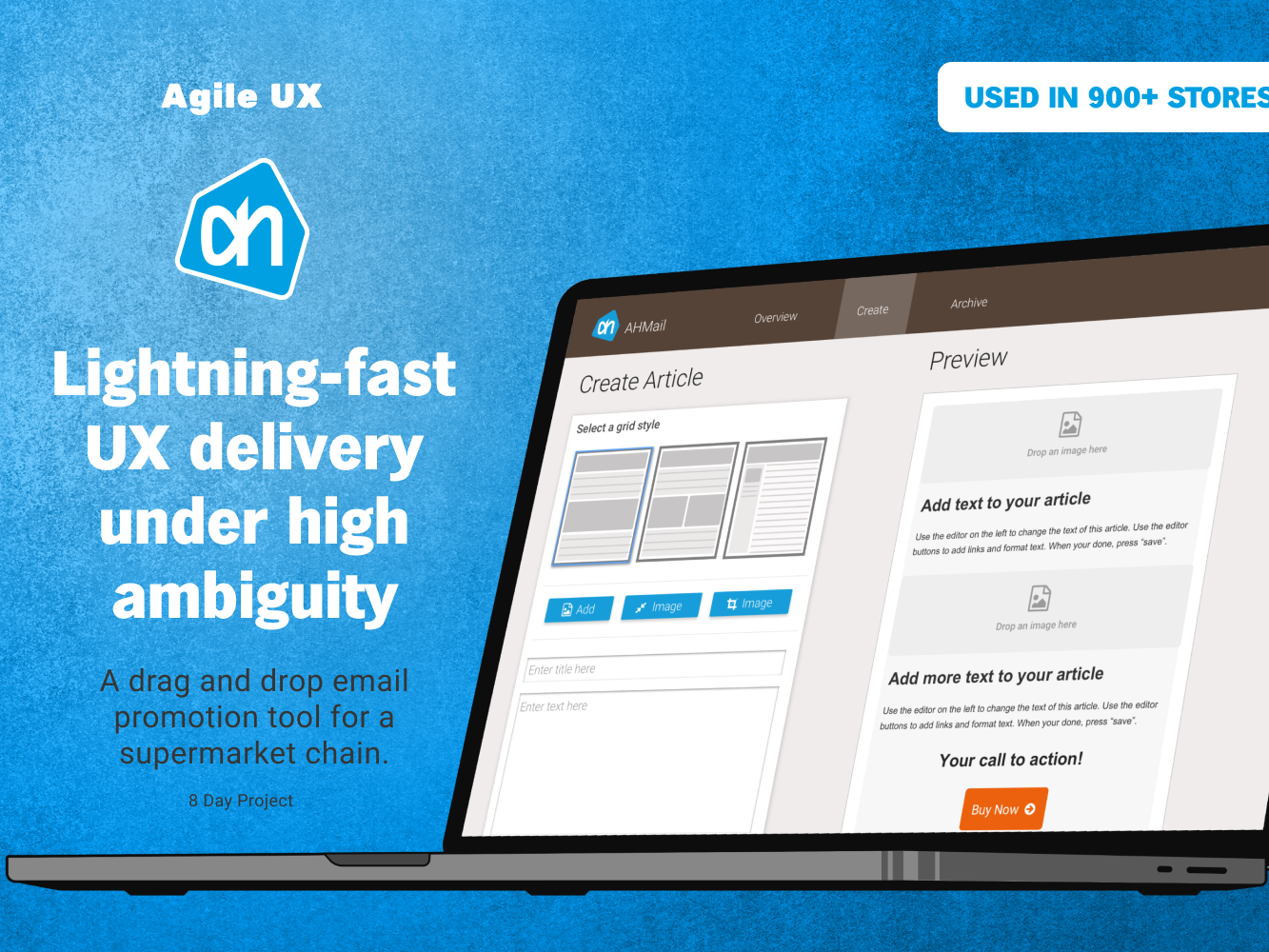This app works two ways: as a national microchip registration service for dogs and cats in Spain, and through allowing pet owners to buy smart id tags, which allow lost pets to have their tags scanned via the app for immediate links to their owner. The UX is designed to be calming and positive for pet owners who are missing a pet and animal rescue workers, who see a lot of animal mistreatment.
Considerations I had in mind:
- People in Spanish and Latin American cultures have two surnames, making this fit in a small space such as mobile layout with other information such as location and time of going missing.
- Reducing reluctance to report a found pet because of the owners appearance in their icon or name (e.g. an immigrant or ethnic minority name, or "looking irresponsible" are some real world examples).
Bias affects everyone sometimes. Our job as product designers is to be aware of what causes people to behave as they do and design for meaningful interactions.
- The above needs to be balanced against fostering trust and community, such as in listing distance and district name, and not just distance alone. It's strange how people preferred knowing the district, even though two districts may be the same distance from a user at any given point.
- Emotional sensitivity to the owner's state of mind:
a. Pets are "missing" (a temporary status), not "lost".
b. A missing pet is still considered part of your "squad" and listed as a pet.
c. Keeping positive wording and imagery throughout the user journey is important for good moral. Rescue work can be hard. The orange to coral-pink gradient is to keep users feeling positive, upbeat, calm and energised. Sunrise colors.
- Different user journeys: e.g a person working in rescue might use this app without having pets of their own. They need to be able to skip the pet registration section. Meanwhile, pet owners will find having a pet registration at the outset faster than having to log in and create a profile for each pet.
- for later phases the concept of "karma" and rewards for finding more pets with the possibility of getting discounts from sponsoring partners, fostering a sense of community and reward.
Login showing custom icon / logo design.
I chose the coral-pink color as being optimistic, active, and calming - the very idea of potentially losing a pet is distressing.
Load screen leading to...
Confirmation Screen A (Babushka the cat)- surprise and delight.
Confirmation screen B, Luxie the chihuahua. These are to be shown randomly with potential to add more pet "personalities" in the future.
(Luxie and babushka are real pets)
Signup confirmation screen. Celebrate your users! Keep a nice and positive mood.
In the above screen you see the default feed and quickly access the collar scanner and store in which the smart tags can be bought. The action button is for adding details of a lost of found pet. Different icons for lost and found pets are used in the postings for quickly scanning a feed.
Today I would not use that action button, but it was a popular design pattern for mobile at the time.
Preview screen of a lost pet announcement so you can edit before publishing.
Let's Talk About Mistakes I Made
There's a bit of misalignment between the icon in the image above and the text that happened when font awesome icons are imported to InVision as fonts and not SVGs. While I did correct this in the prototype manually, this earlier screengrab was done while I was (not so wisely) using InVision's Mac extension folder as place I saved my original sketch files because InVision managed version control so well and abstract and plant didn't exist yet.
What I didn't understand was that if I archived a project to save space on my subscription, I would also lose the source sketch files. And that's what happened. So I had to use my earlier exported images here. Which are fuzzy looking on retina screens. And make me want to die a little bit.
We learn and grow ¯\_(ツ)_/¯.
We learn and grow ¯\_(ツ)_/¯.
Today I use Abstract for design version control and save my sketch files in icloud.
There's a bigger mistake I made that isn't shown in screenshots: I didn't ask my client about the business model or viability of this product- treating them like a boss rather than a client who might need guidance from a professional. This product never got released in the end due to not finding a "product market fit". Today, I consider discussing the viability and market research behind the idea to be "step 0". I may ask a lot of questions up front, but I want to be sure that the product is going to succeed.
I also host product design and UX meetups teaching the things I've learned about finding a reliable idea and building a product that can reliably expect sales.
I also host product design and UX meetups teaching the things I've learned about finding a reliable idea and building a product that can reliably expect sales.
A screen showing the chat function with a hypothetical conversation about a missing pet.
The slide menu, with saved searches, e.g. "white persian with orange eyes in madrid" is likely to be saved if that matches a description of a pet a user has lost of knows has gone missing. Additionally, rescue workers may have saved searches by district or city and animal type, for example.
Prompts to buy or register a smart collar. These were NFC dog tags that could additionally be scanned with a QR code for phones without NFC capability.
Thanks for looking!
Follow me on social media
Thank you!


